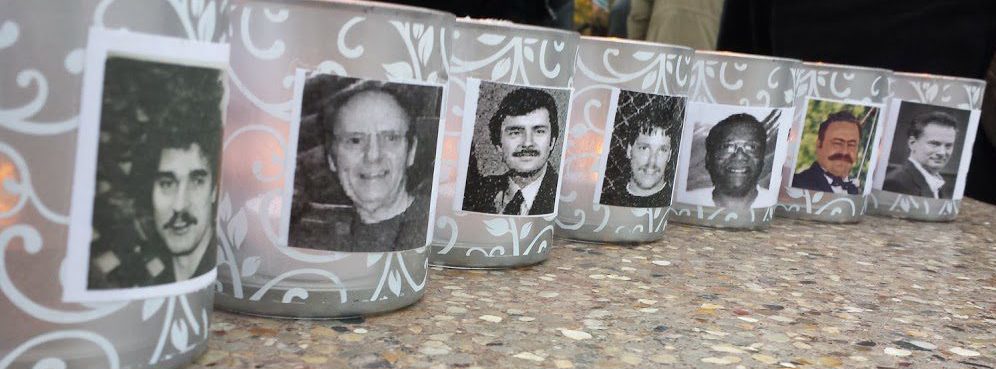When was the last time your worst fears were realized? For six men from Green Bay, Wisconsin it was a dreary, rainy day in 1995. On Saturday, October twenty-eighth to be exact. They had all been embroiled in an intense twenty-eight-day trial and as each day advanced the fear of being convicted for a crime they knew they did not commit edged closer. Despite the encouragement of friends and family and the assurance of their attorneys that the truth would prevail, they could not shake the imminent doom dangling in the chilled damp air.
We know that this story did not end well back then. It, in fact, became known over time as the largest miscarriage of injustice in Wisconsin history. Tragically, each of the six men was convicted of first degree intentional homicide and given life sentences. They were afforded the option of parole but this option would never offer relief because none of these men would ever admit to participating in murder. An unwritten rule in the parole system requires an inmate to admit guilt and show remorse. If you do not abide by these simple rules the chances of being released ultimately disappears. Will the Earned Release Review Commission (ERRC) ever admit to that? One can only speculate. But I believe this was the strategy worked out by the prison authorities and Brown County.
Amid endless appeals, every last one denied despite impeccable behavior and adequate time served, nothing has changed. In fact, these appeal denials confirmed what most wanted to believe-that these men are guilty and that they are exactly where they belong. Then a piece of the thread unraveled unexpectedly when one of the six men, Michael Piaskowski, was exonerated in 2001, almost six years into these sentences. It caused a small glitch in the prosecutions spotless conviction history. Then the publication of a book called, The Monfils Conspiracy; The Conviction of Six Innocent Men, written by two local authors, surfaced in 2009. But those with vested interests in supporting the convictions summarized it as being, “…a complete and utter waste of time”.
Instead, the book initiated another series of events leading to a new re-investigation of the case that would reveal inaccuracies and inconsistencies that made this tale a tragedy because of what was not disclosed during the original trial. There was never a just ending to this story for the men, for their families, or the decedent. Nor was there ever a belief that there would be…until now.
The legal team has broken through barriers. New truths are emerging about the extent of unethical practices exacted upon mill workers, family members of the accused, and potential witnesses during an illegal investigation. New facts and the validity of this entire case is now up for review in the courts. The victims involved have a reason to be hopeful that this story could finally have an ending that is deserving of every victim.
This process is far from over but as we enter into this new legal phase, one reliant on the veracity of a new team of lawyers, I fear for the authorities whose integrity is now in jeopardy because of the sins of old. They are the ones who will be admonished and asked to show remorse because of their actions in this egregious case. It is they whose turn it is to fear the worst.
On October 31, 2014, a new 152-page motion was filed at the Brown County Courthouse in Green Bay, Wisconsin on behalf of Keith Kutska, the main suspect in the case. A request for an evidentiary hearing is in order to introduce new and damning evidence that was once intentionally concealed by the authorities. Dare I suggest that had these facts been presented in full to the jury, they would have overwhelmingly produced a much different result.
